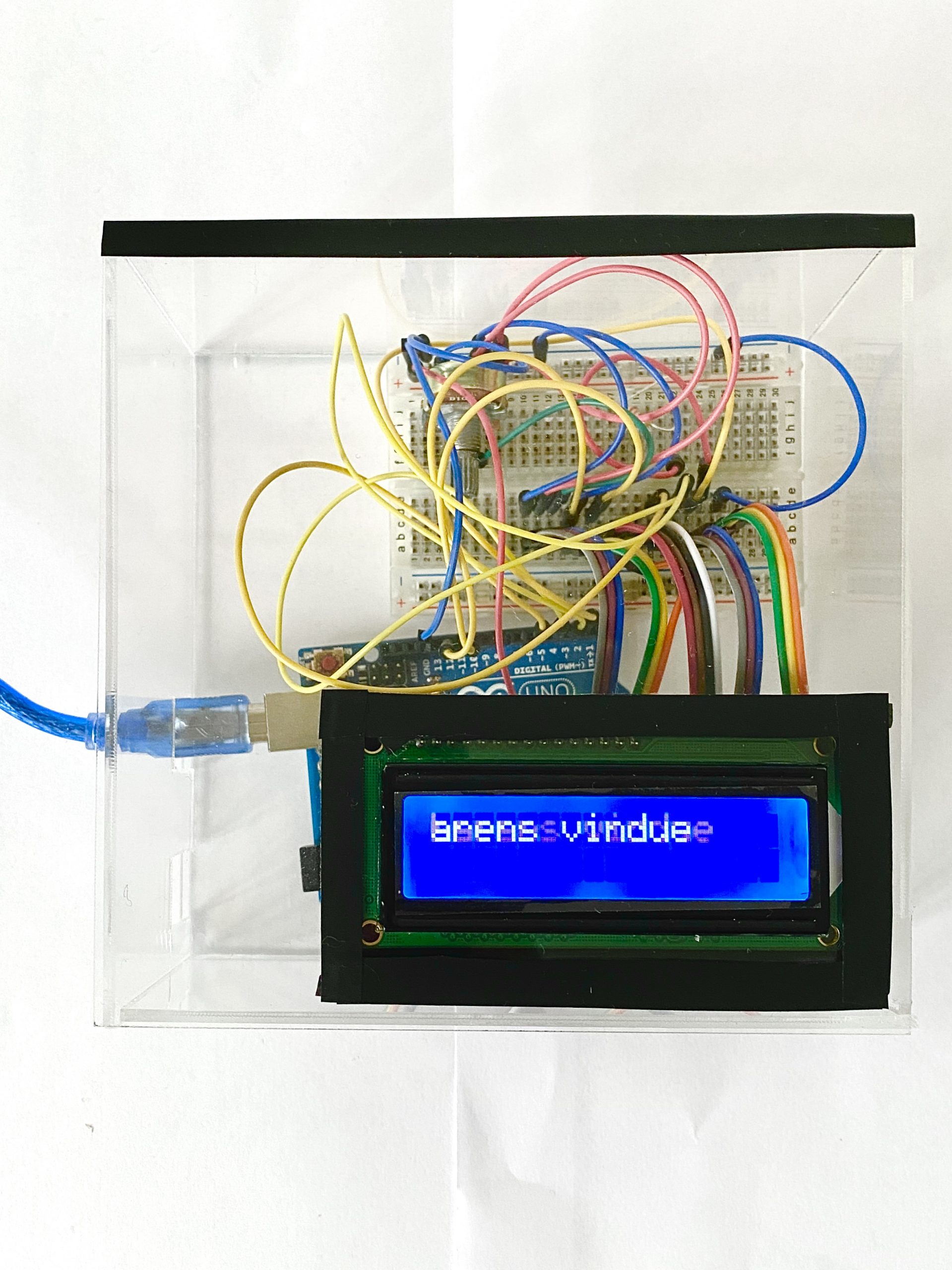BACKGROUND:
Sometimes the world is in a state of shock and sometime s that shock shakes us not only as a collective but as individuals. February 24th 2022 Russia invaded Ukraine, an event that surprised us all and started an active war on European ground. My boyfriend was in the army and in the midst of fear and change we had to adjust to a new normal, where he was deployed and I was at home. Fear and distance are the biggest threats to intimacy and now we had to learn and evolve in order to keep that intimacy between us. This experience became the foundation of this project, where I set out to explore how digital design could be used to support intimacy in challenging conditions.
THE PROCESS:
This design project was conducted through a mix of autobiographical design where the designers own experiences and tests are in the foreground and more classical design processes where others, both users and experts, experiences and knowledge influence the designs.
An affective design approach has been the main driver for these prototypes, as the prototypes does not mimic emotions but rather affect and interact with the emotions and affections of the user. Affect theory focuses on what happens in-between, in this research project the main focus has been on the potential between people and between people and devices, and how these interactions and relationships change depending on their presence.
It has been a project driven forward by prototypes, each step has had its own prototype to explore part of my research question, to understand how prototypes can be used to design research rather than using the prototype as a conclusion, they have been used to open and answer parts of the questions I set out to answer.
THE PRODUCT – THE LOVE BOMB:
One of the prototypes I have chosen to highlight is the Lovebomb, it’s function was inspired by the affective influence of the IED on American soldiers during the war in afghanistan, where the uncertainty of the IEDs placement and effect led to a disproportionate fear in the soldiers. I took the affective means of actions in the IED, the uncertainty in both power and when they would hit, combined with the realizations that they could be anywhere and anytime without actually being it and translated it into a positive experience.
The result was a little device each partner could have with them during the separation. Each individual prepared love-messages, memories and inside-jokes for each other, which would be released to both of them at random times, but at the same time for the couple, during the deployment. The ambition was that this randomness and constant love bombing would lead to feelings of intimacy between the two, even when they were not together or did not have the opportunity to speak to each-other.
The prototypes have been created by using primarily an Arduino Uno, an Arduino Nano, an LCD screen and different materials like acrylics, cardboard, paper, clay and leathers.


CONCLUSION:
In conclusion I learned that thinking about affective relationships in HCI development is rewarding, I do this on the basis of autobiographical studies, tests and interviews with both experts and other military couples during deployment. This way of approaching a wicked problem, precisely starting in the middle and understanding the relationships between people and between people and artifacts, has contributed to a relational understanding of interactive technologies as well as an understanding of how to use relationships between people to influence this relationship. Furthermore it allowed me to understand what was beneficial to use my own experiences in a design process and when it was more beneficial to involve others and when to combine the two. Lastly I concluded that using digital design and affective to achieve intimacy is not only possible, it is a field with a lot of potential and importance.
PROJECT MEMBERS
Amalie Vilhelmine Gullits Oftebro-Ernst
DATE
1 Juni 2023

